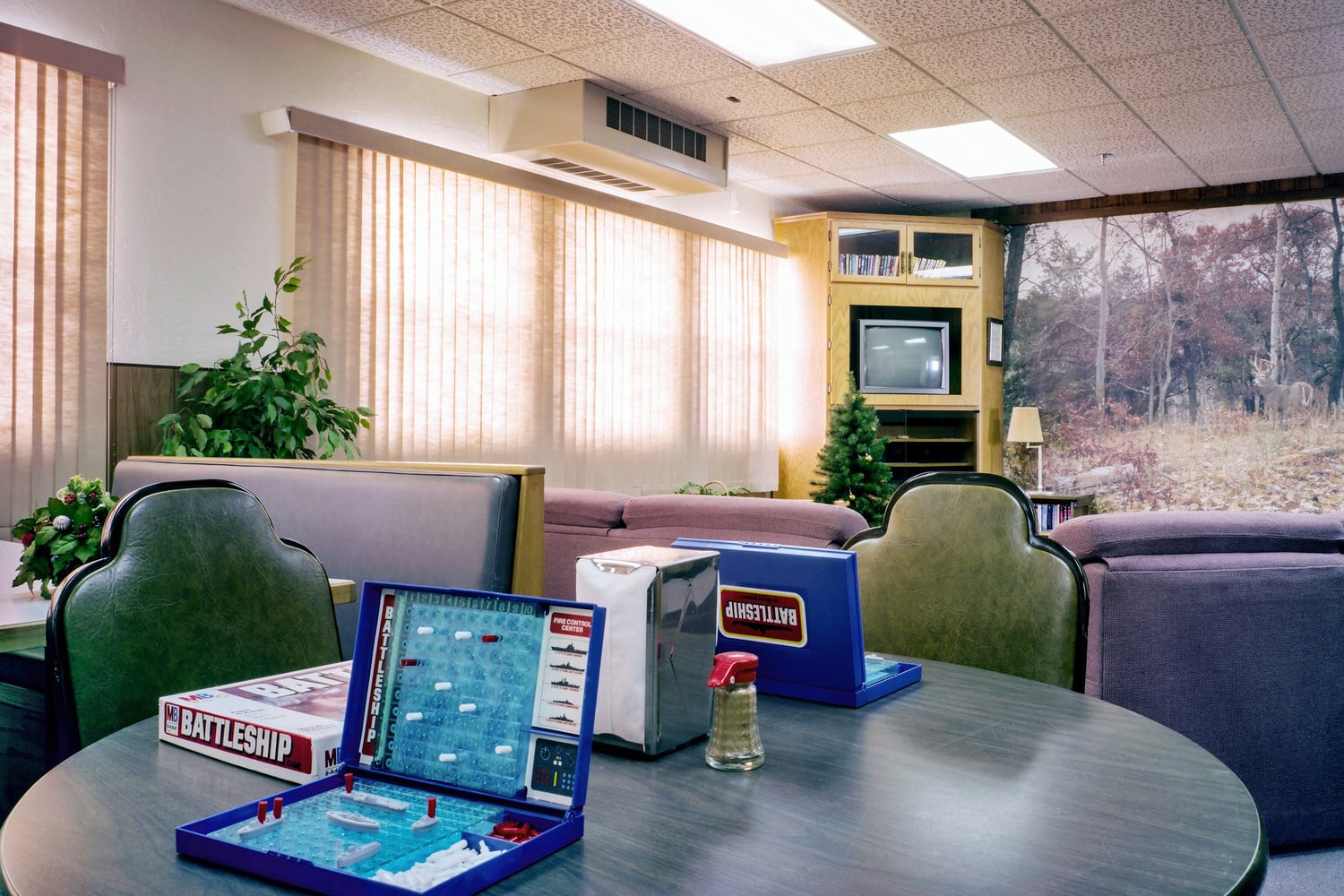Eine Atomrakete von Angesicht zu Angesicht zu sehen, ist vielleicht nicht die Vorstellung der meisten Menschen von Urlaubsspaß, aber es gibt genau zwei Touristenorte in den Vereinigten Staaten, die dieser Möglichkeit gewidmet sind. Der Fotograf Adam Reynolds besuchte die Minuteman Missile National Historic Site in South Dakota und das Titan Missile Museum in Arizona, um die seltsame Anziehungskraft der nuklearen Artefakte aus der Zeit des Kalten Krieges in einer Fotoserie festzuhalten.
Diese beiden touristischen Stätten, so erklärt Reynolds in seinem Künstlerstatement, "sind die einzigen verbliebenen Interkontinentalraketen-Stätten in den Vereinigten Staaten, die es Besuchern nicht nur ermöglichen, das unterirdische Startkontrollzentrum zu betreten, sondern auch einer (nicht funktionierenden) Interkontinentalrakete gegenüberzustehen". Auf dem Höhepunkt des Kalten Krieges hatten die USA Tausende von Interkontinentalraketen (ICBM) in einem Netzwerk von unterirdischen Komplexen in der amerikanischen Landschaft stationiert", schreibt Reynolds. Diese Atomwaffen bildeten einen Teil der gewaltigen Abschreckungsmacht, mit der Amerika seinem ideologischen Rivalen, der Sowjetunion, bis zu ihrem Zusammenbruch 1992 entgegentrat".
Reynolds Bilder von diesen stillgelegten Raketenstandorten sind vor allem deshalb so verstörend, weil sie so banal sind: Sie zeigen Büros und Kojen, Schalttafeln und Abschusszentren, Spinde und Pausenräume. Die Fotoserie trägt den Titel Keine einsame Zone, eine Anspielung auf das obligatorische Zwei-Personen-Kumpel-System, das an ICBM-Standorten gilt. "Dies galt sowohl für die diensthabenden Beamten, die rund um die Uhr im Startkontrollzentrum in Alarmbereitschaft waren, als auch für die Arbeiter, die mit der Wartung der Raketen beauftragt waren", schreibt Reynolds. "Diese Regelung war als Sicherheitsvorkehrung und als Schutz gegen mögliche Sabotage gedacht. Reynolds' Bilder sind jedoch auffallend menschenleer, da er die Museen bei privaten Führungen fotografiert hat. Abgesehen von ihrer Leere und dem offensichtlichen Alter der Raketentechnik lässt die sorgfältige Erhaltung dieser historischen Räume sie praktisch neu aussehen.
In der Tat, die Titan-Raketenmuseum vermarkten ihre Tour als eine Art historisches Reenactment. Auf ihrer Website werben sie mit der Möglichkeit, "durch die Zeit zu reisen und an der Frontlinie des Kalten Krieges zu stehen". In South Dakota ist die Minuteman Missile National Historic Site Die Website des Museums erklärt: "Währenddessen lebten die örtlichen Landbesitzer und die Bewohner kleiner Städte in den zentralen und nördlichen Great Plains buchstäblich Seite an Seite mit Atomwaffen. Diese beiden Orte sind Teil eines größeren touristischen Trends, meint Reynolds. "Da ein Großteil des amerikanischen Atomwaffenarsenals aus der Ära des Kalten Krieges heute deaktiviert und abgebaut ist, gibt es eine wachsende Zahl ehemaliger Raketenstandorte, deren Aufgabe es ist, die Geschichte und die Erinnerung an diese Zeit zu bewahren.
Warum weckt eine so angespannte Periode der amerikanischen Geschichte so viele Erinnerungen? "Ich glaube, der Kalte Krieg hat eine gewisse Nostalgie", erklärt Reynolds dem Format Magazine per E-Mail. "Man kann diese Anziehungskraft als eine Feier der militärischen Fähigkeiten Amerikas oder als eine warnende Geschichte über die Apokalypse interpretieren. Reynolds sagt, dass die Arbeit aus einem anderen Fotoprojekt entstanden ist, Die Architektur einer existenziellen Bedrohung, die Bombenschutzräume in Israel und den besetzten Gebieten untersuchte. Keine einsame Zone ist eine Fortsetzung von Reynolds' Erforschung der Infrastruktur politischer Konflikte.
Besonders für jüngere Besucher, die den Kalten Krieg nicht miterlebt haben, kann es verlockend sein, die ICBM-Raketenstandorte als Relikte einer fernen Vergangenheit zu betrachten. "In gewisser Weise waren Atomwaffen und der Kalte Krieg in den Köpfen der meisten Menschen ein Synonym", sagt Reynolds. "Mit dem Ende des Kalten Krieges ist die Bedrohung, die von diesen Waffen ausging, schnell in unserem Bewusstsein verschwunden. Aber wenn man sich die Entwicklung der Verbreitung von Atomwaffen seit dem Kalten Krieg ansieht, ist diese Bedrohung immer noch sehr lebendig." Das Bild zeigt zwar veraltete und nicht funktionierende Raketen, Keine einsame Zone wirkt dennoch wie eine unangenehme Erinnerung daran, dass nicht alle Atomwaffen mit dem Ende des Kalten Krieges verschwunden sind.
Mehr von Adam Reynolds' Fotografien findest du auf seiner Website, gebaut mit Format.
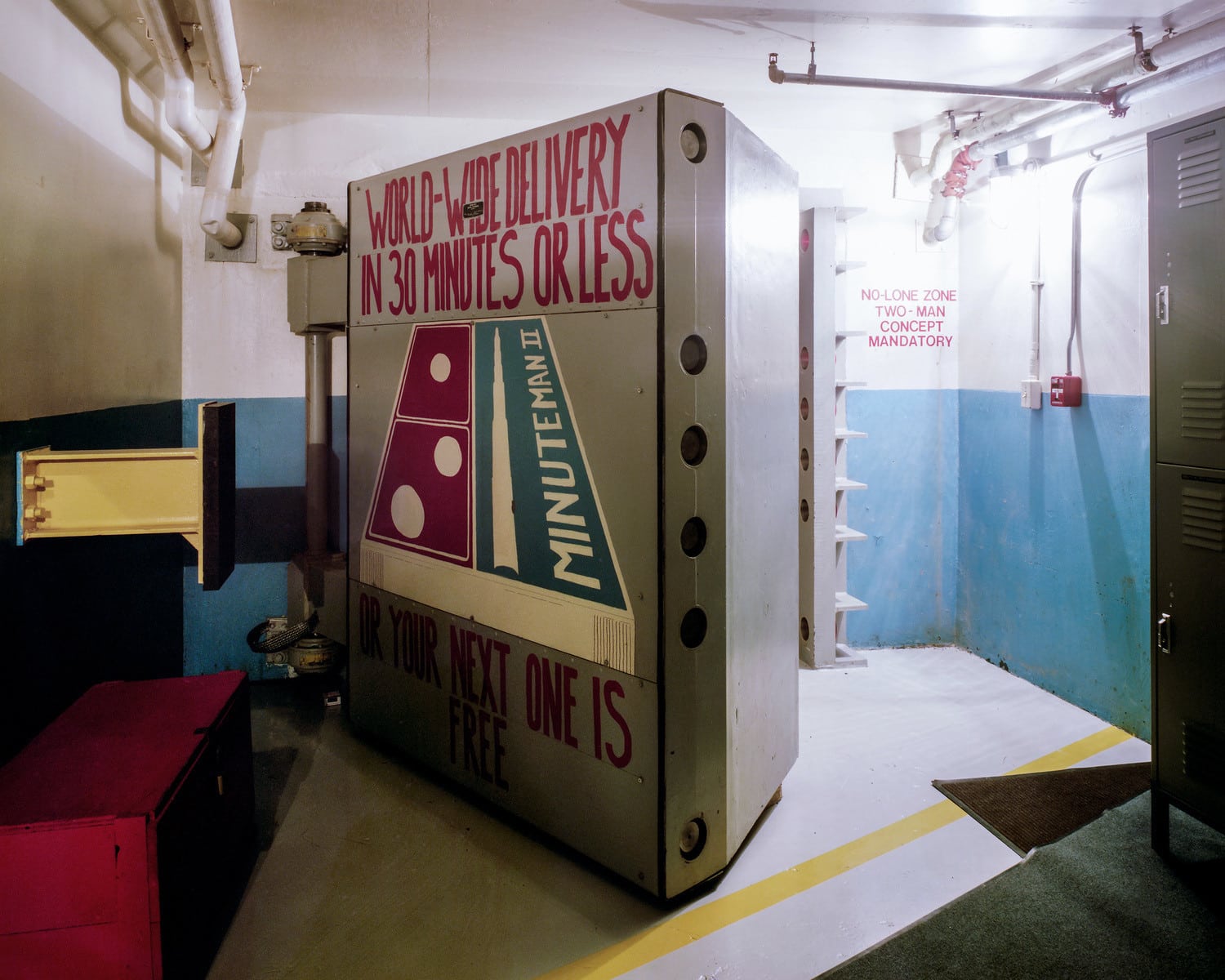
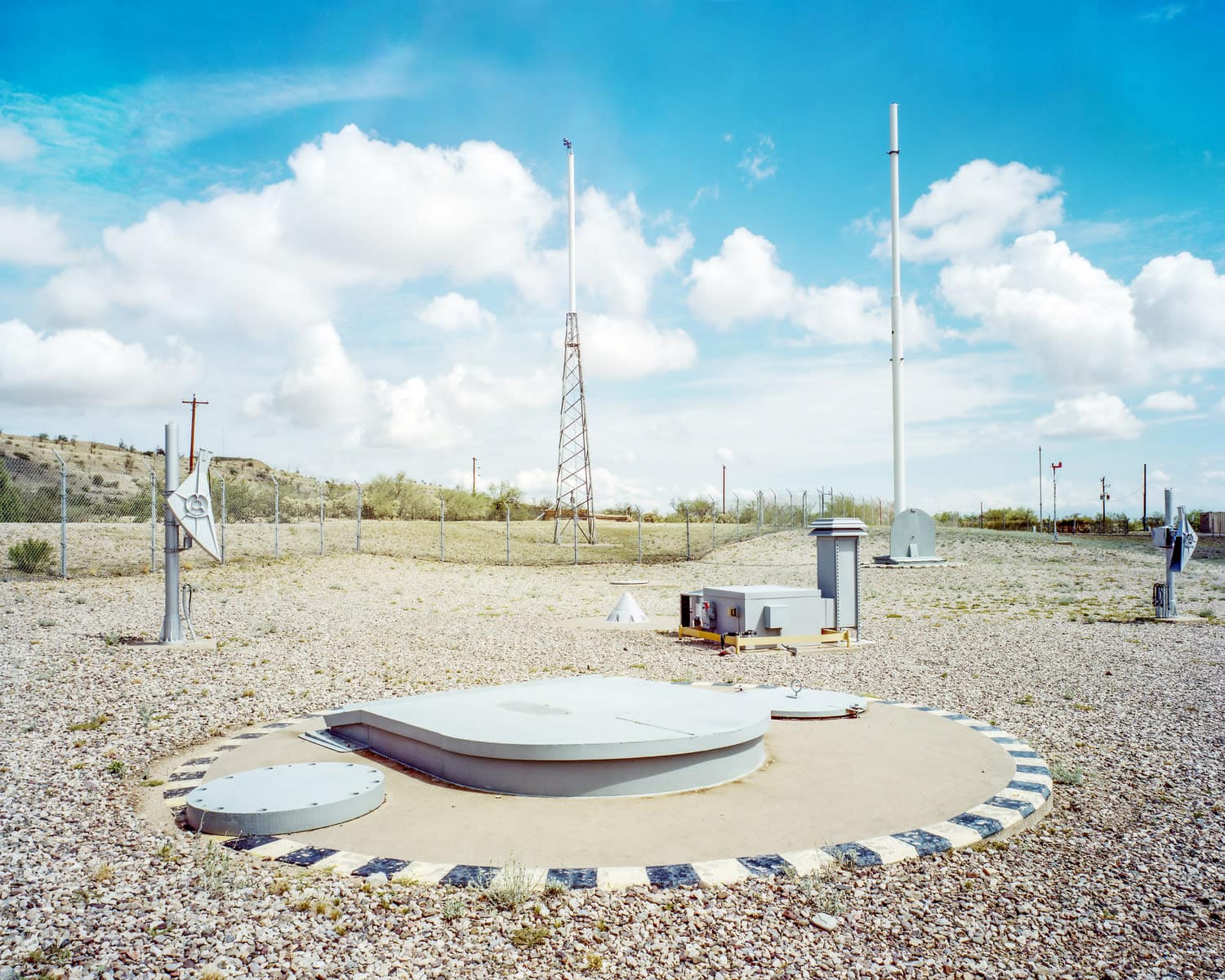
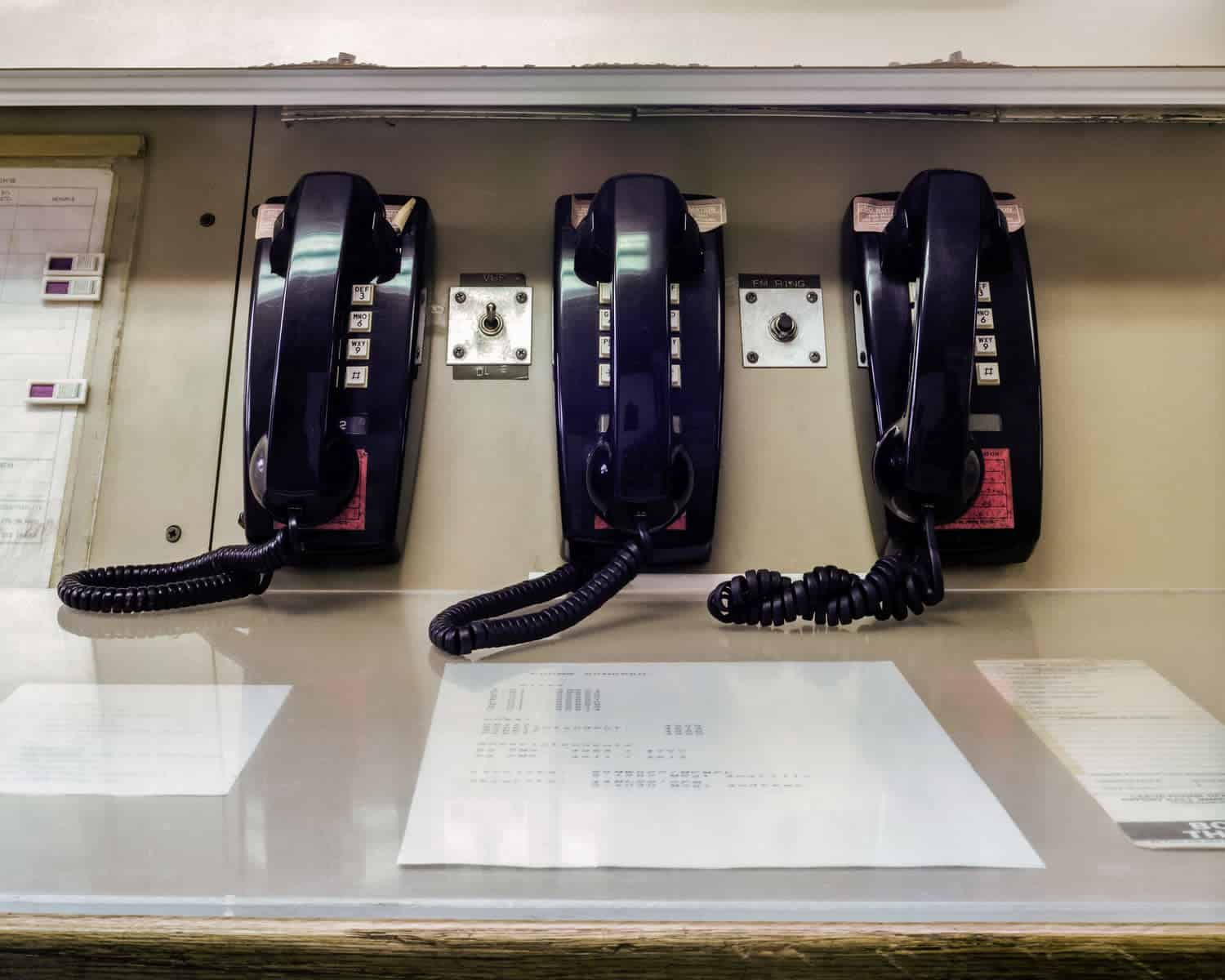
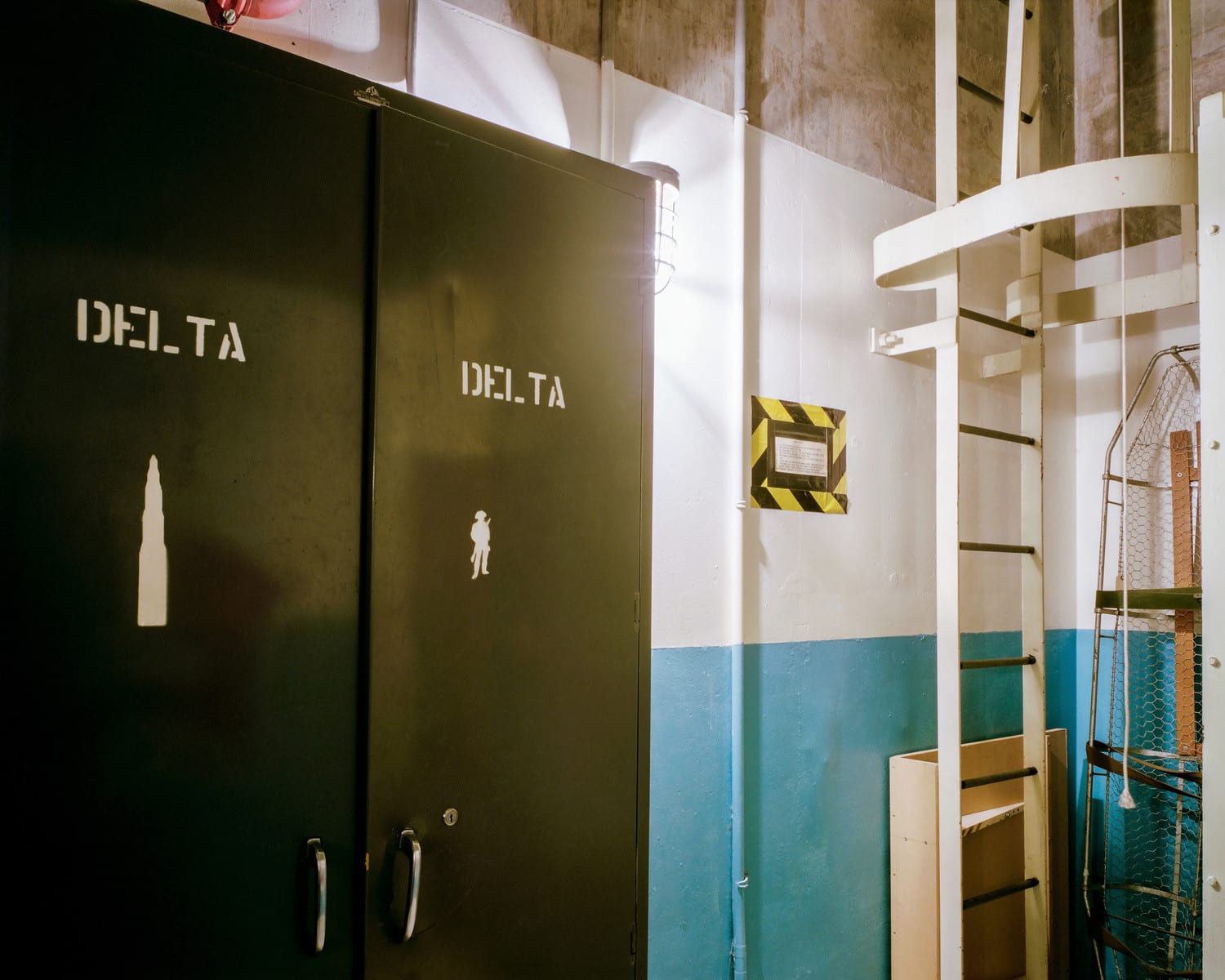
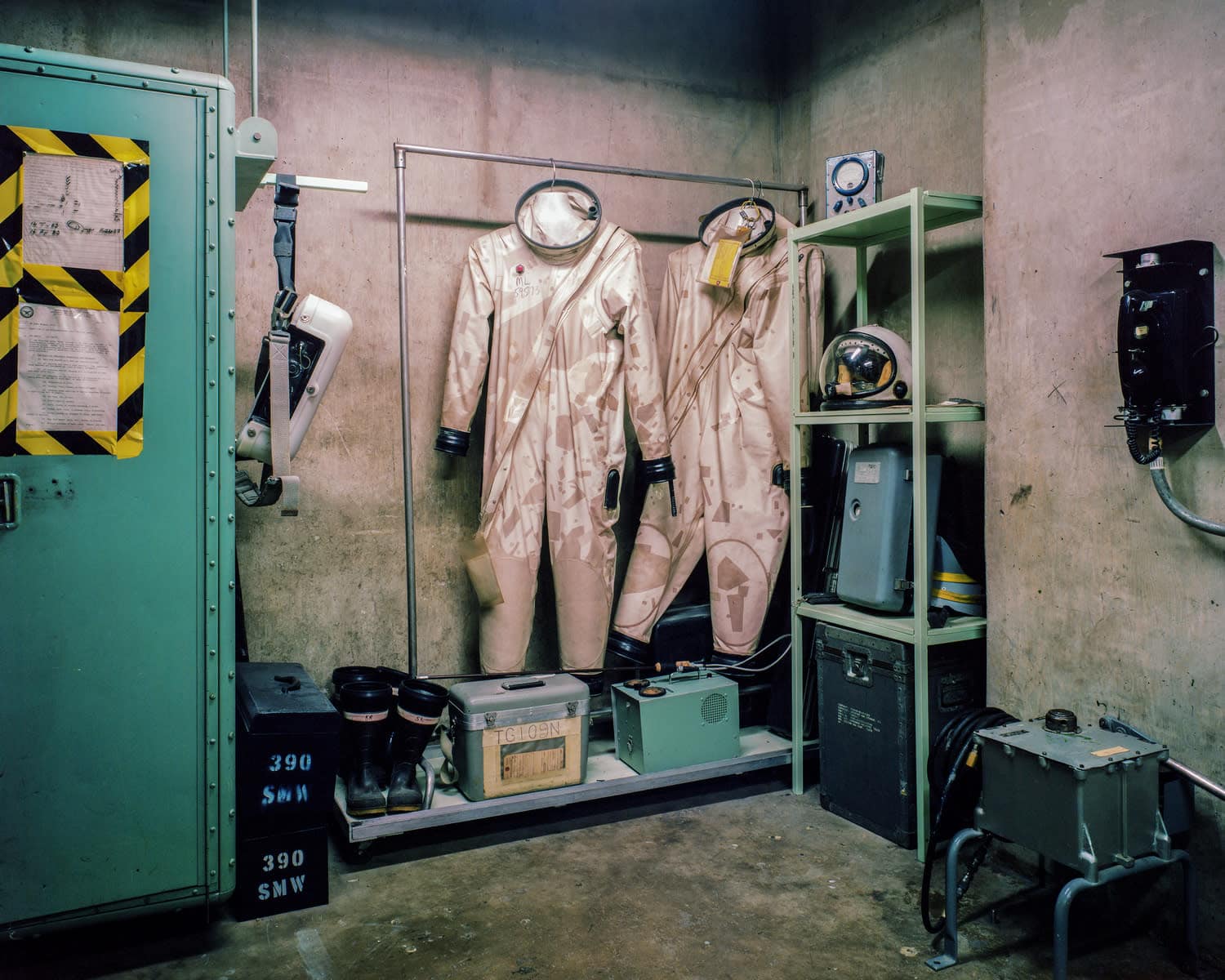
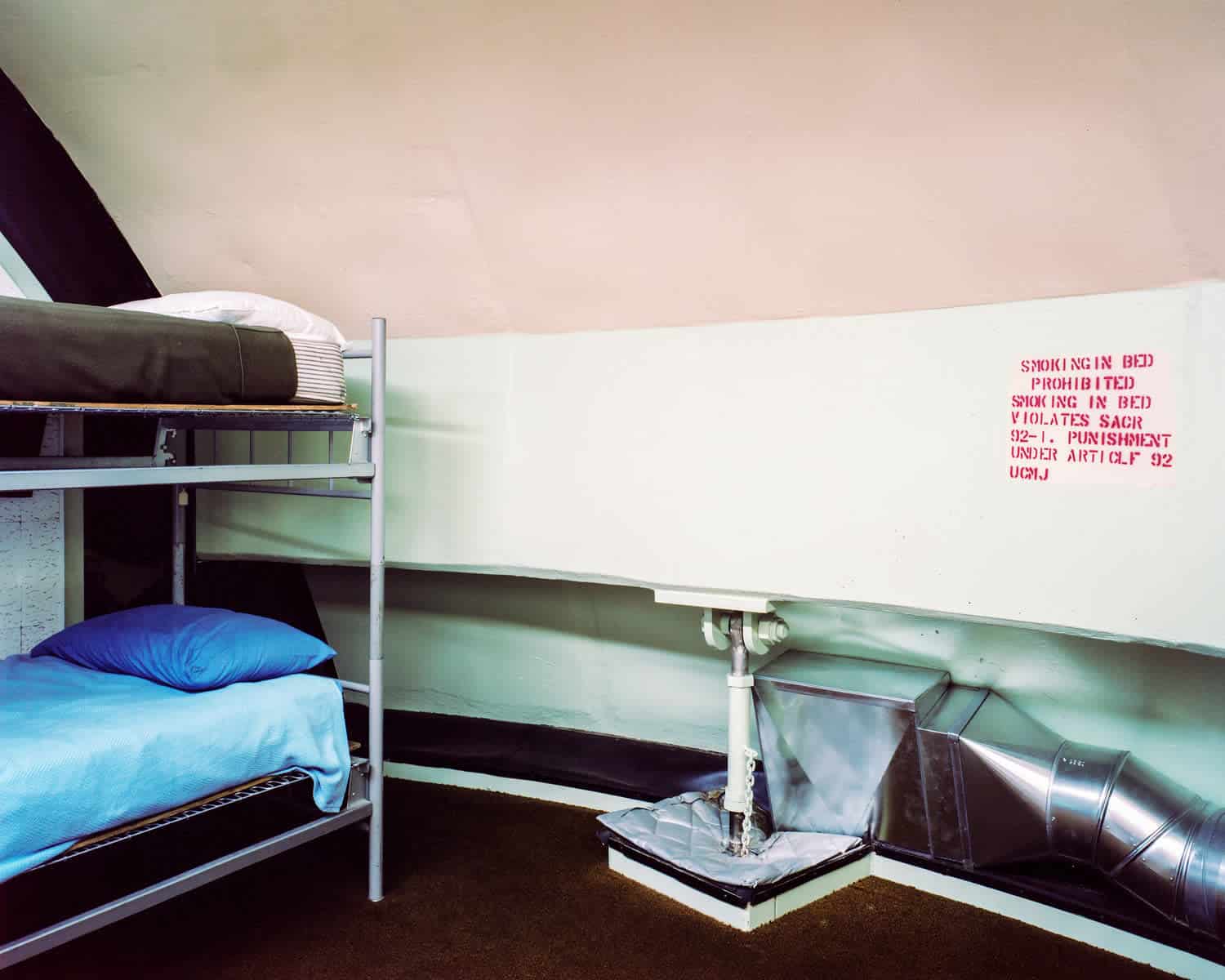
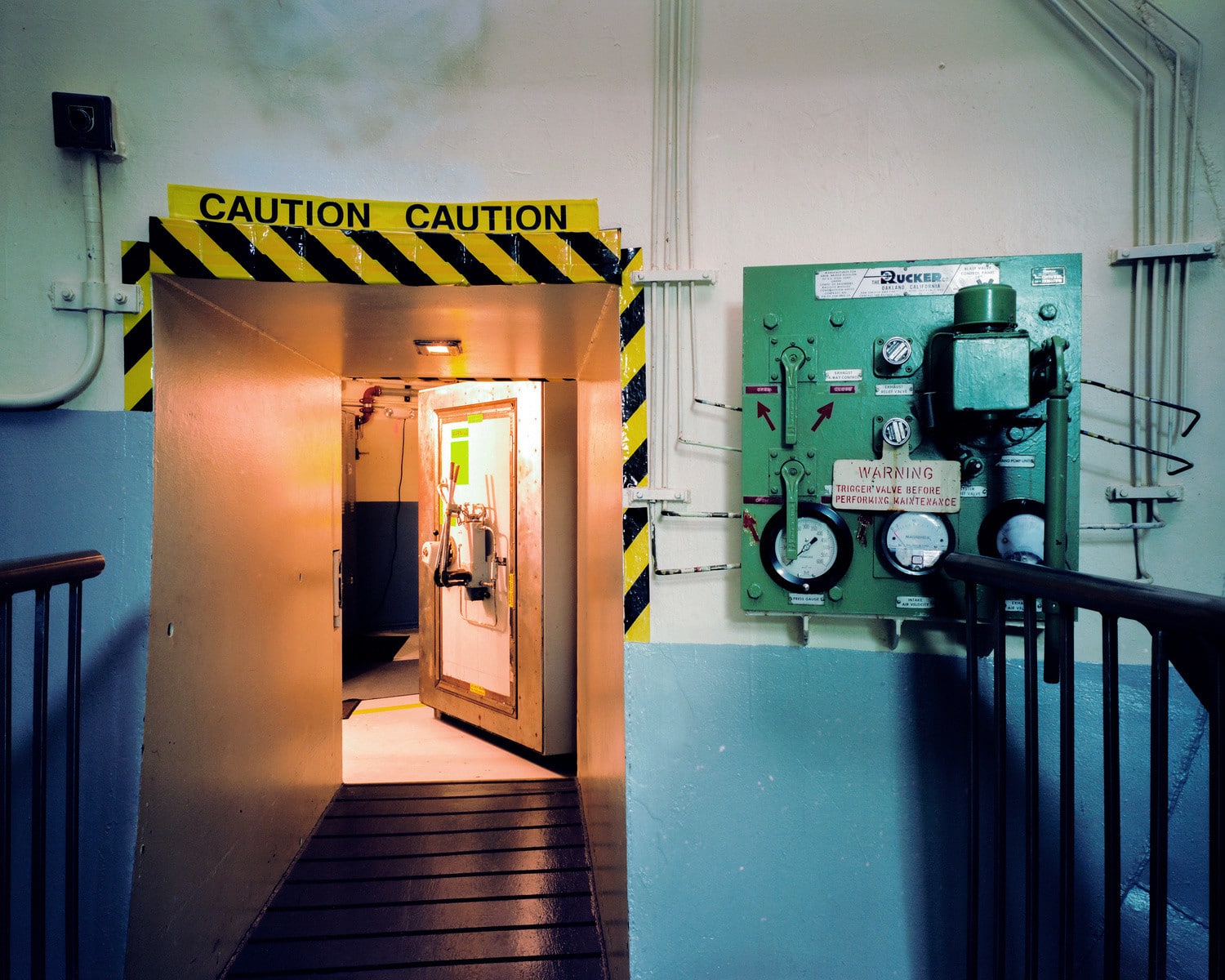
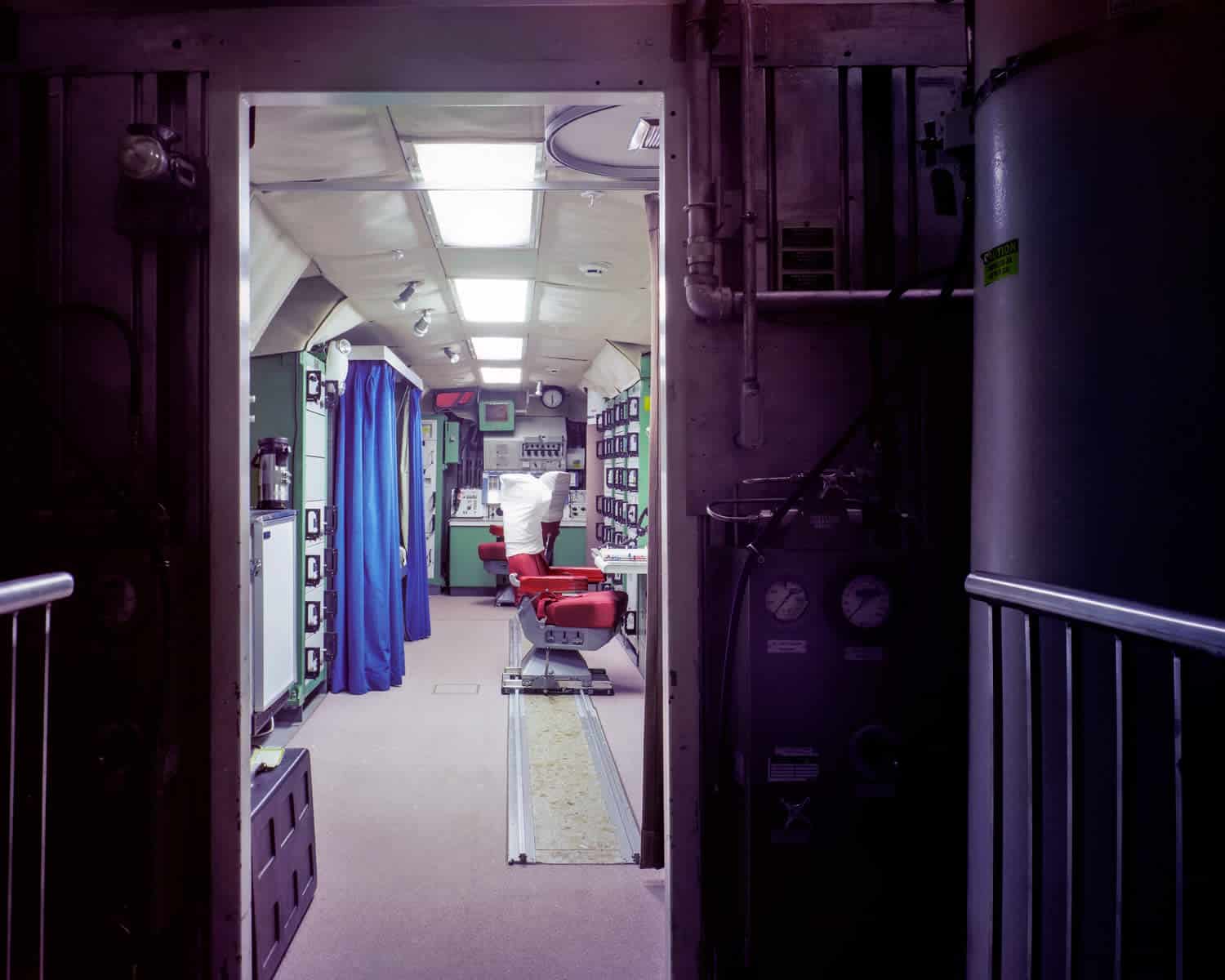
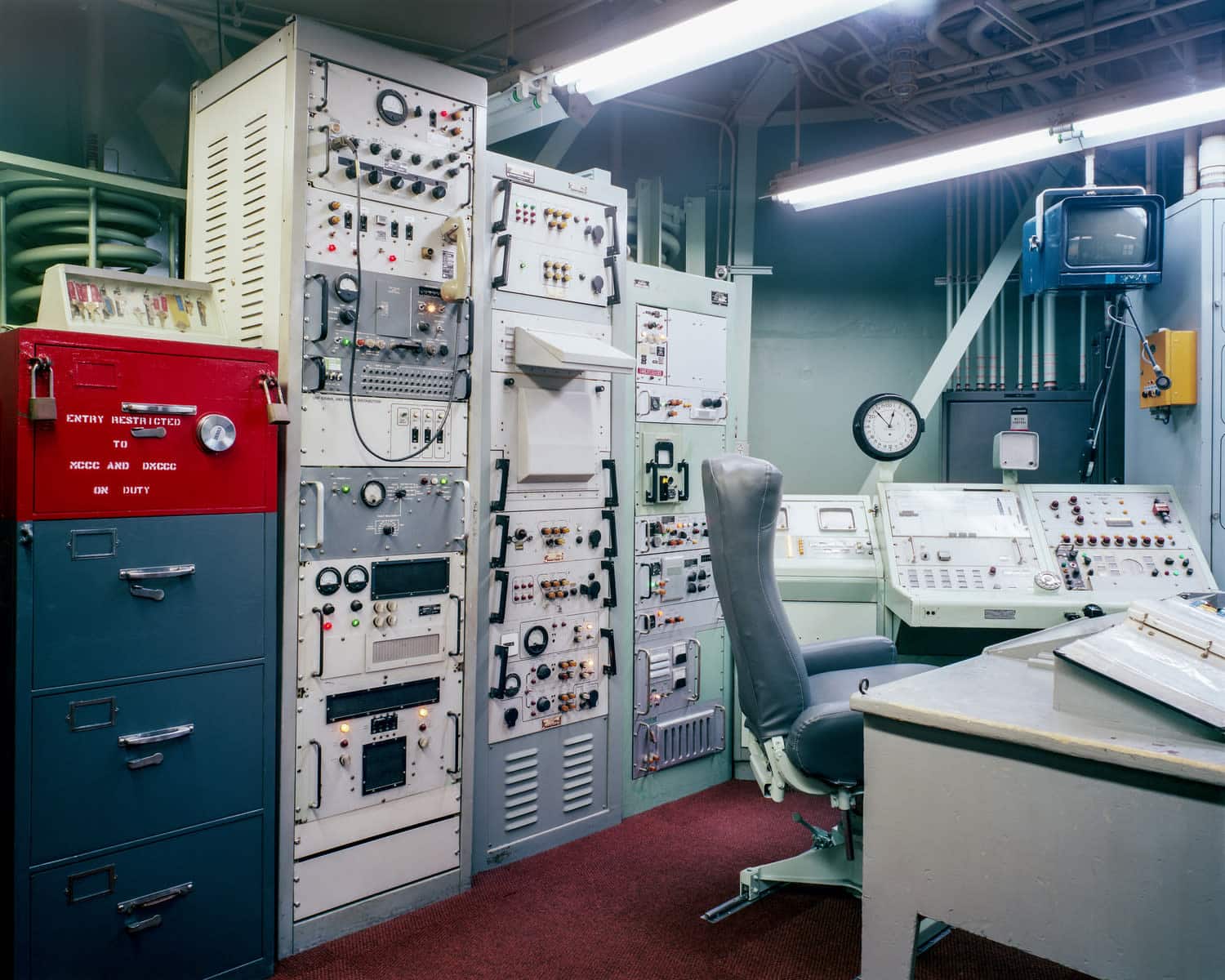
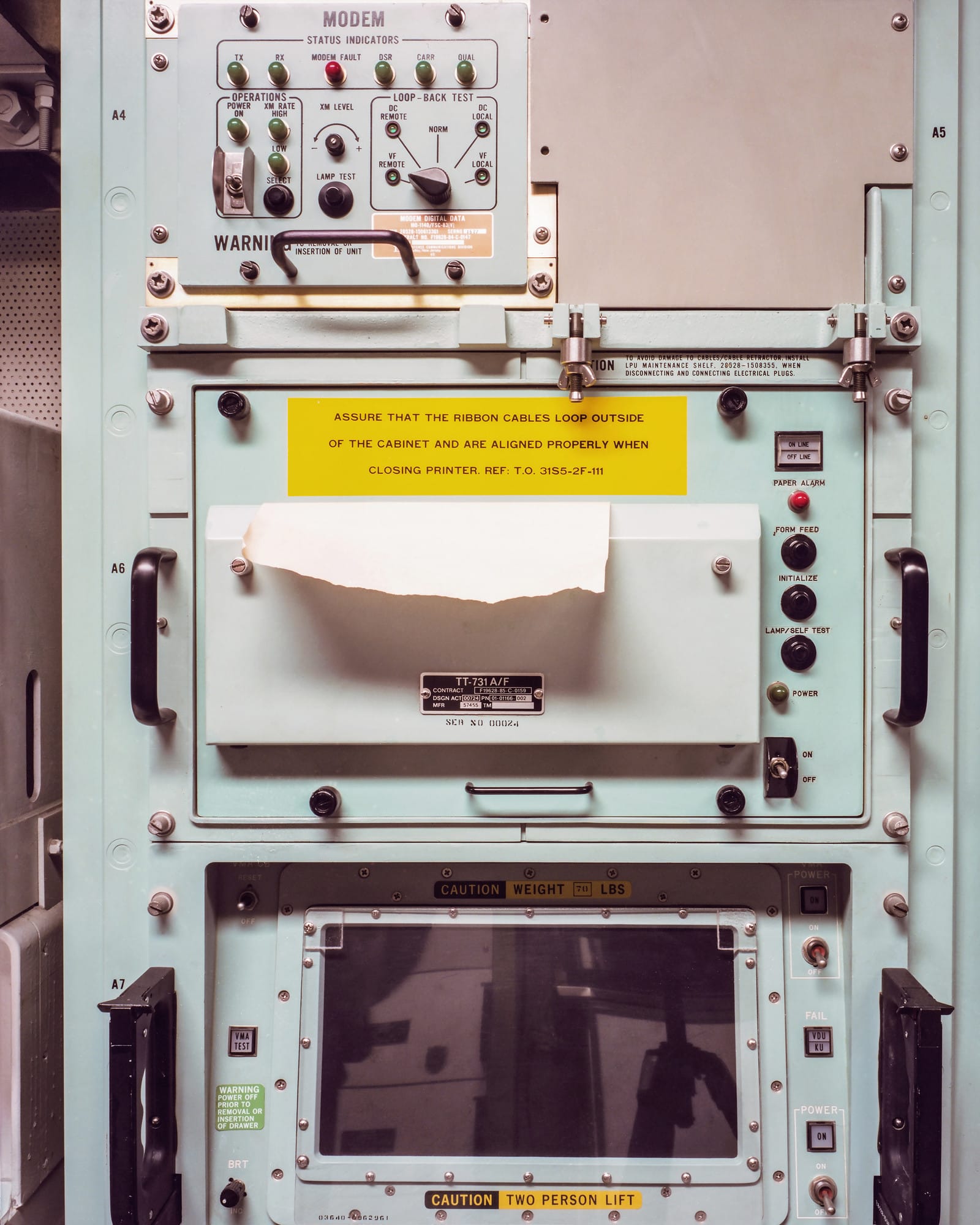
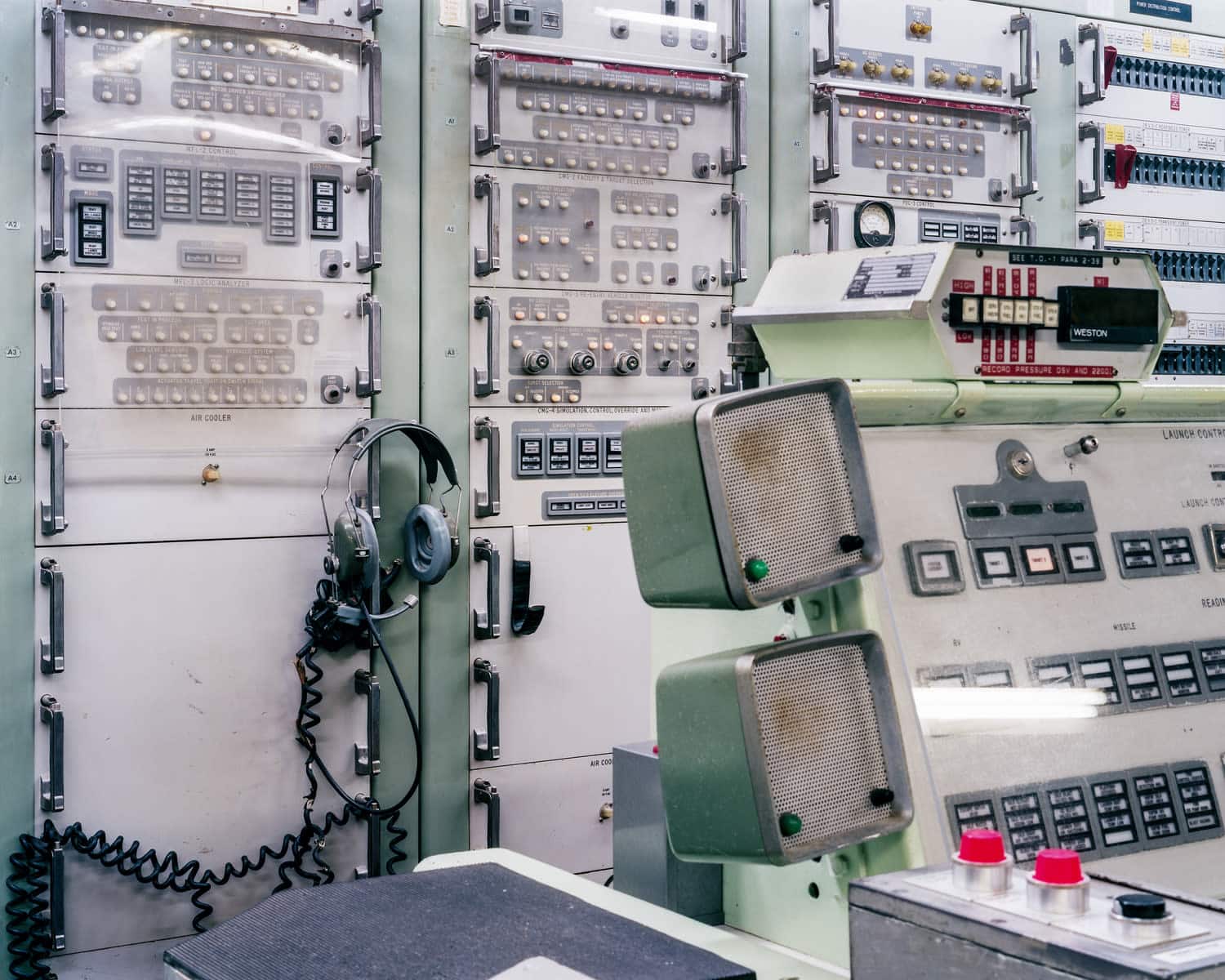
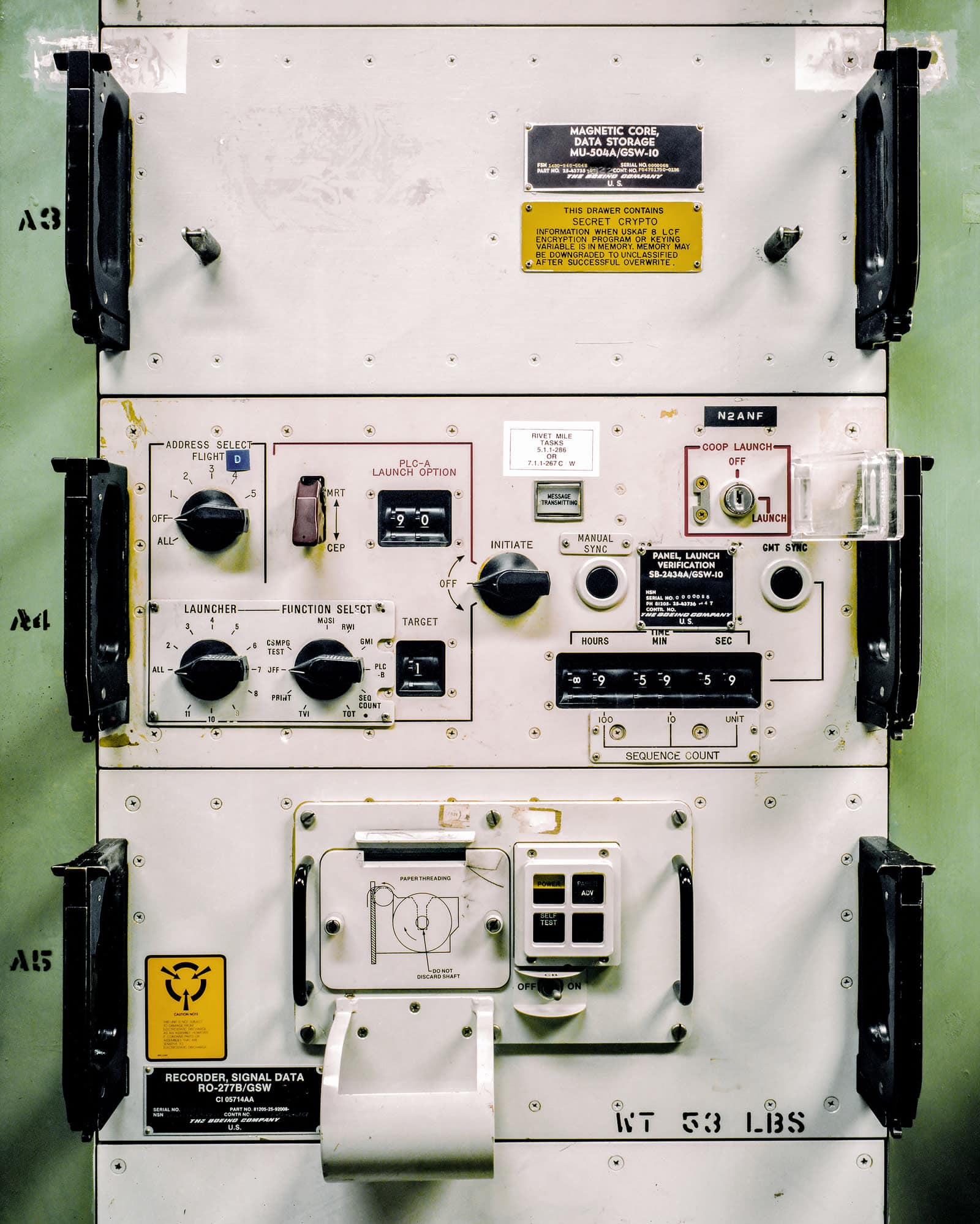
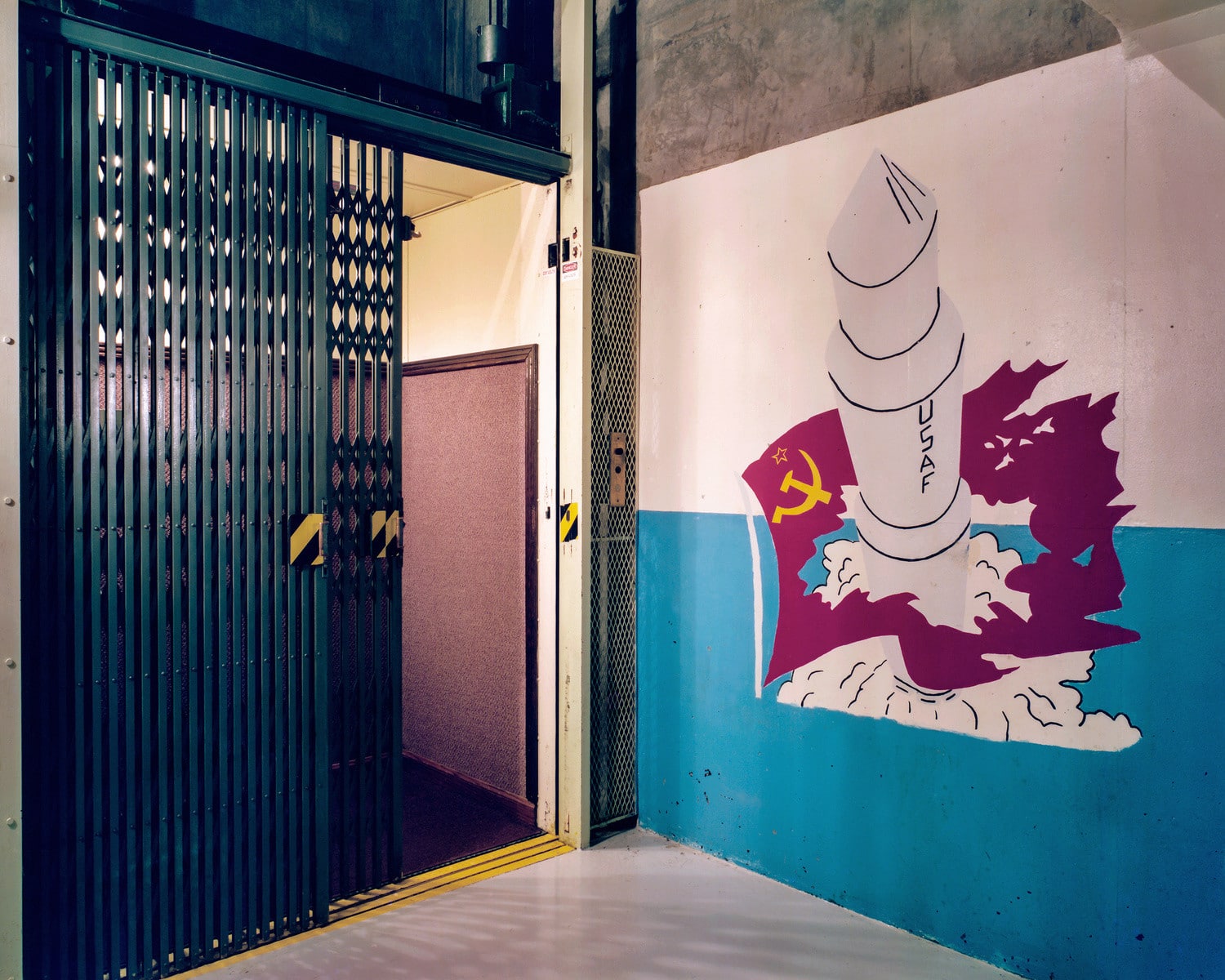
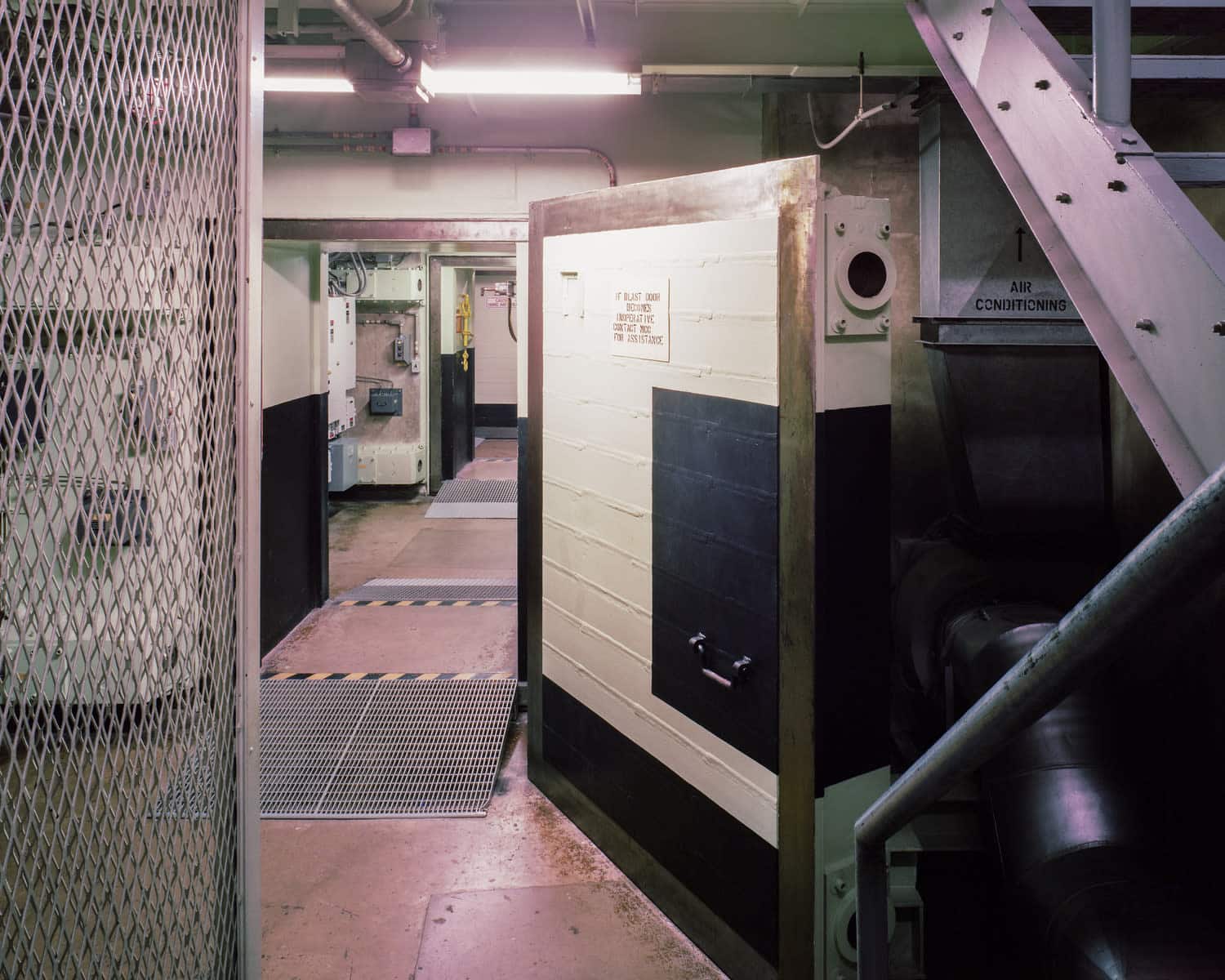
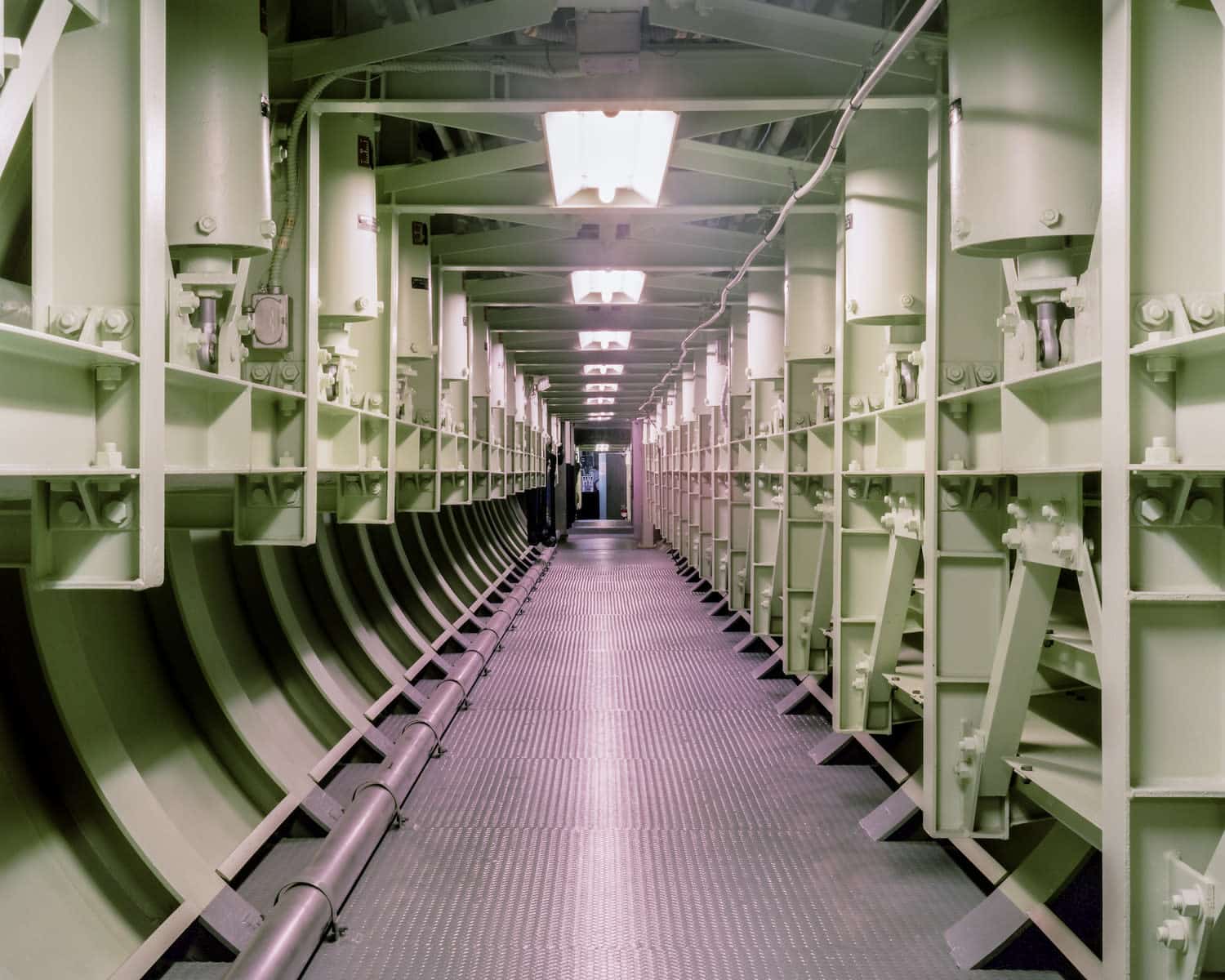
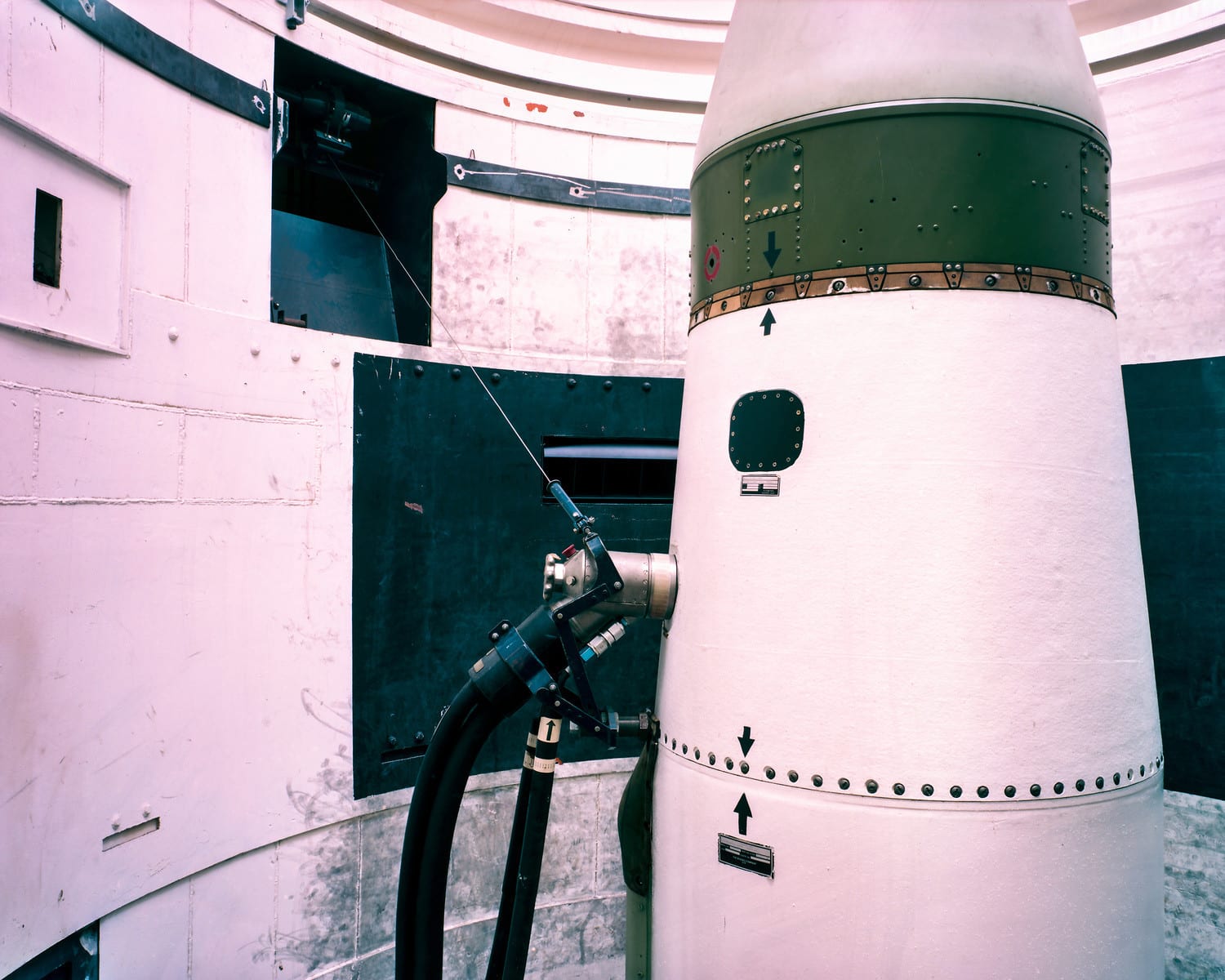
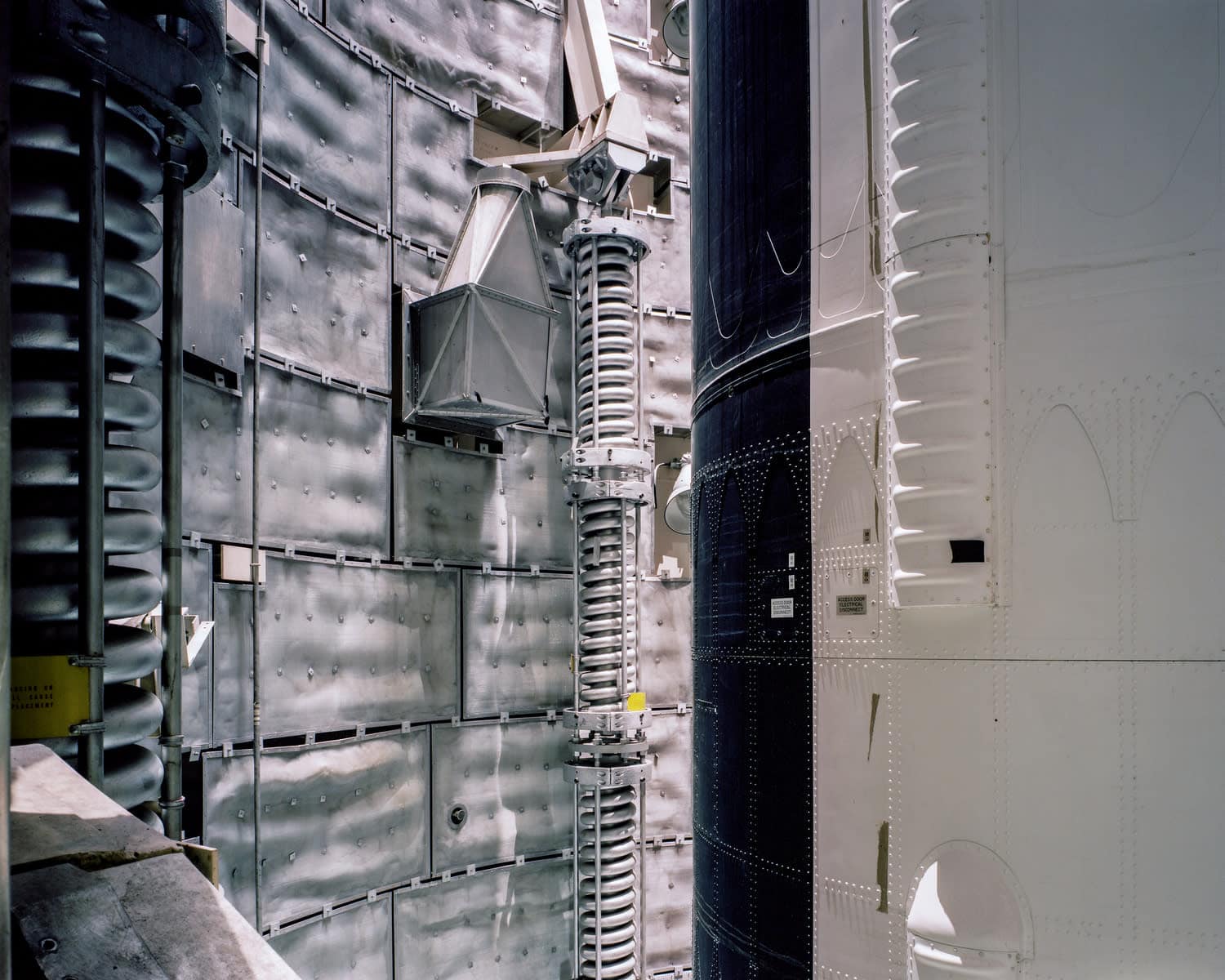
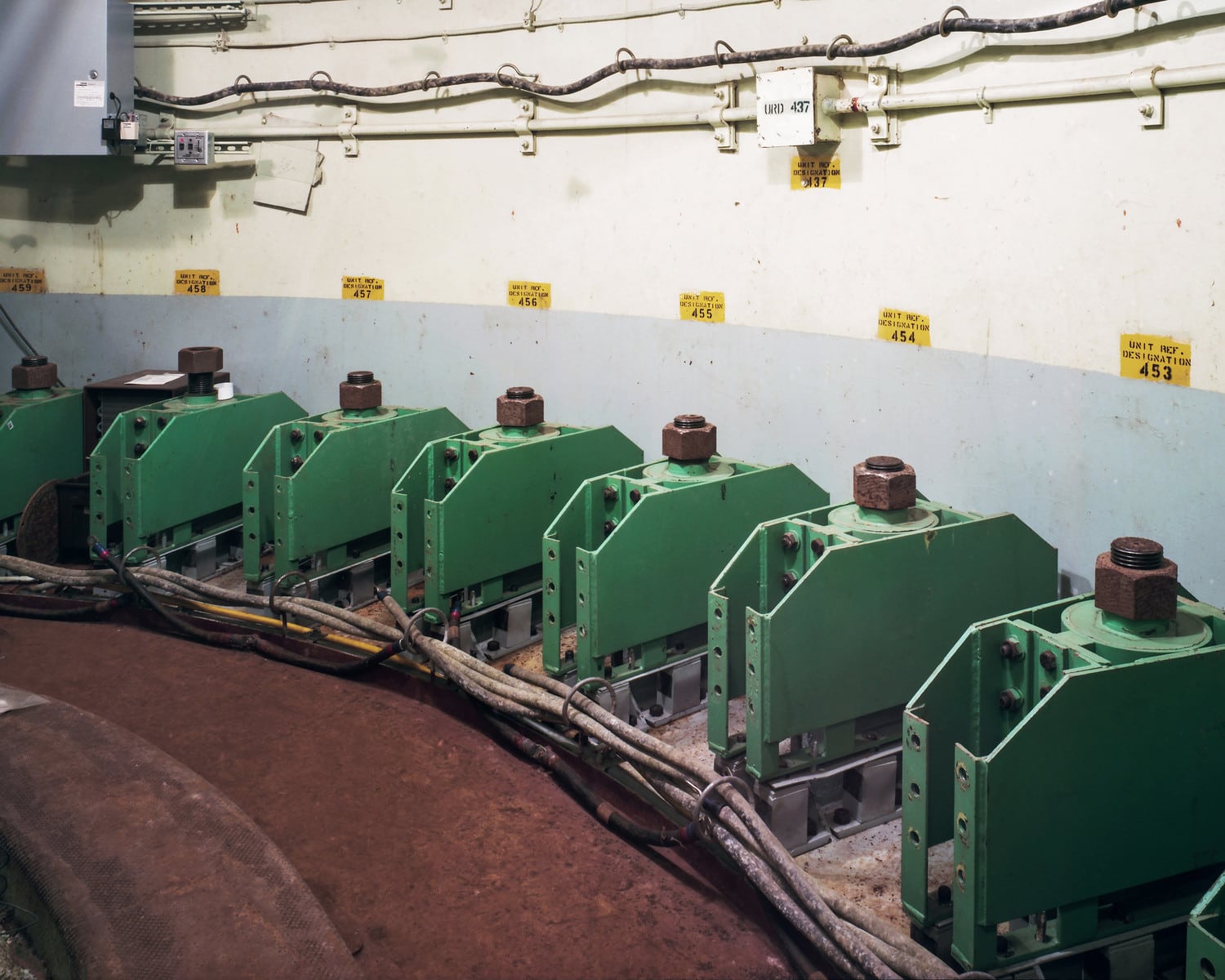
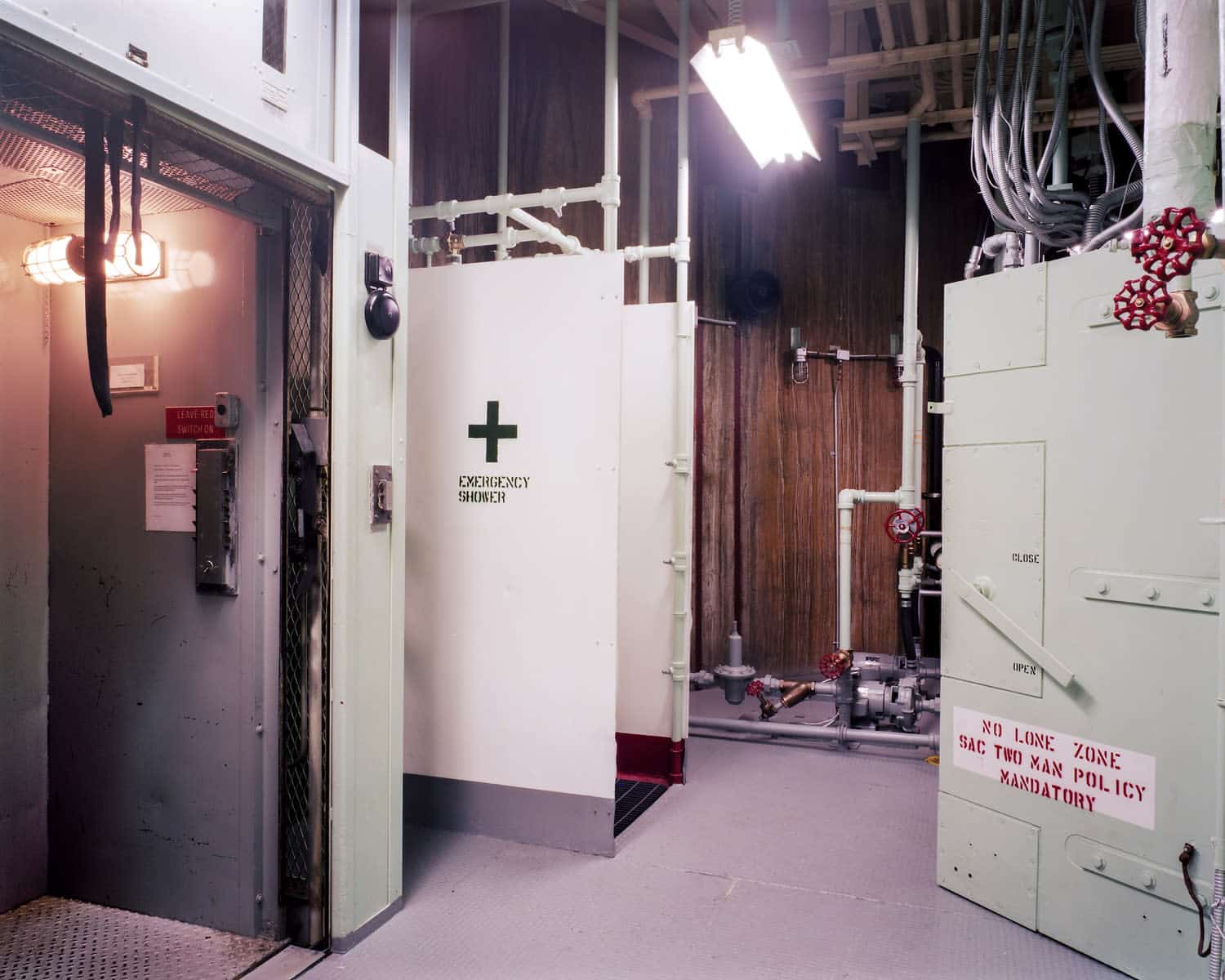
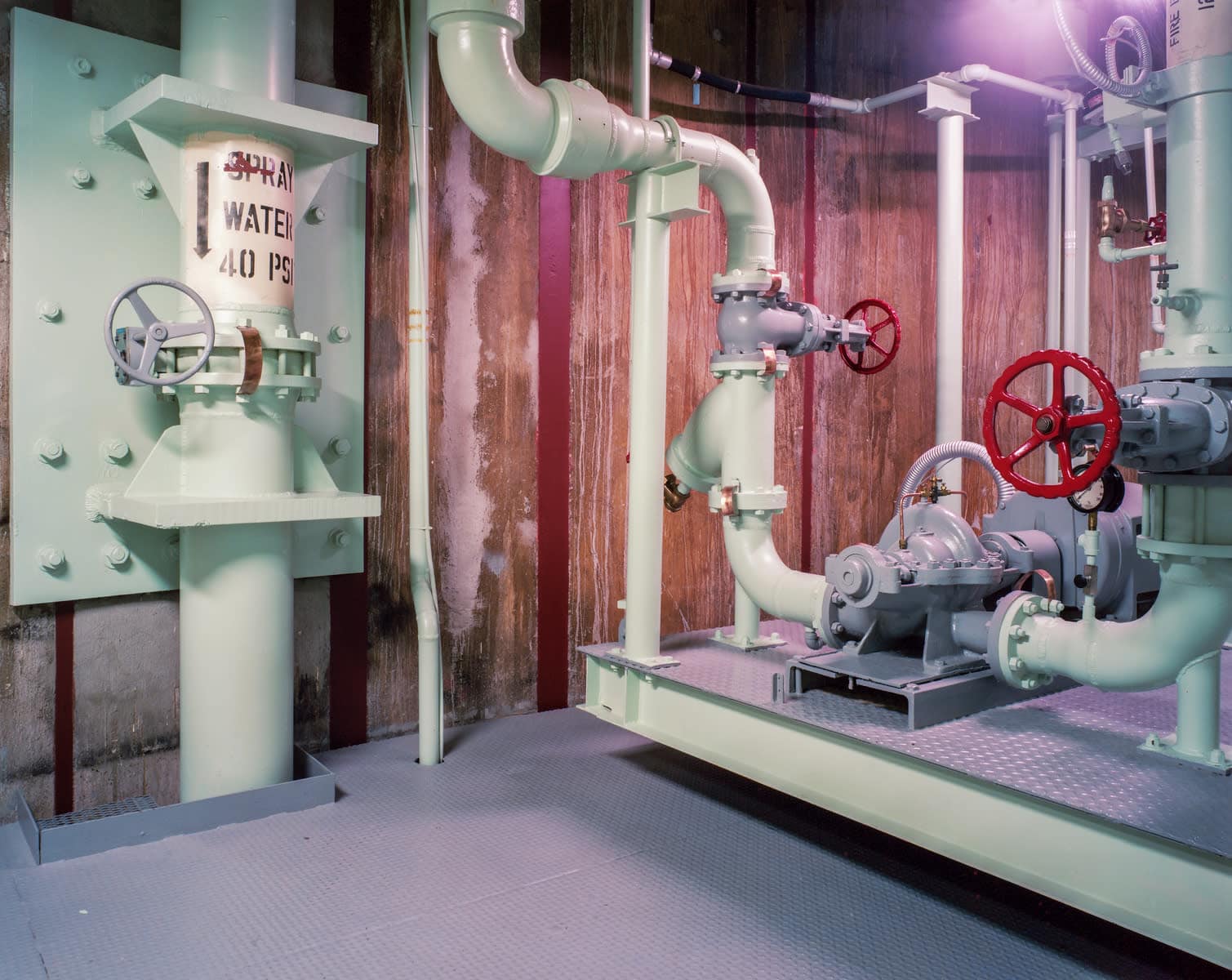
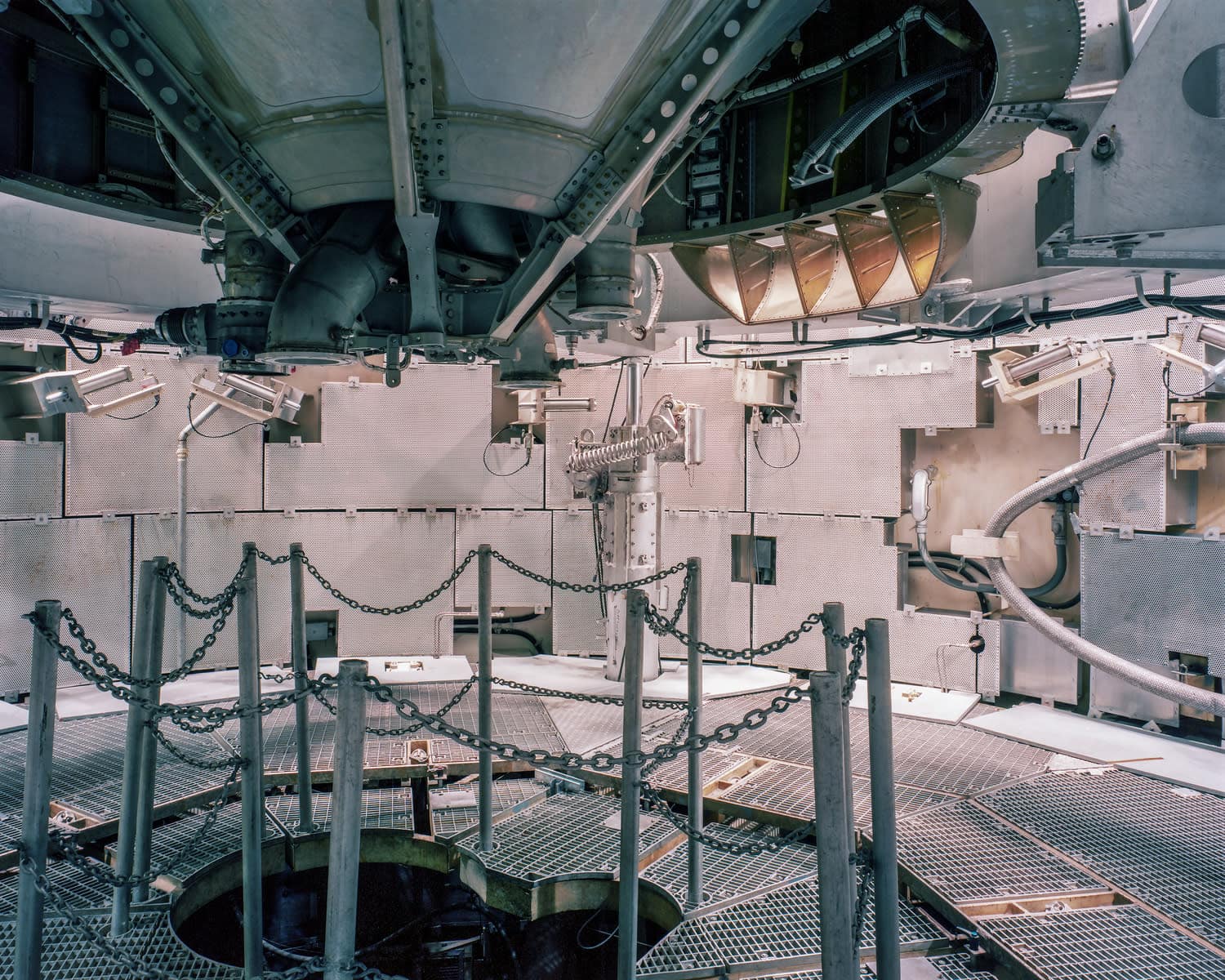
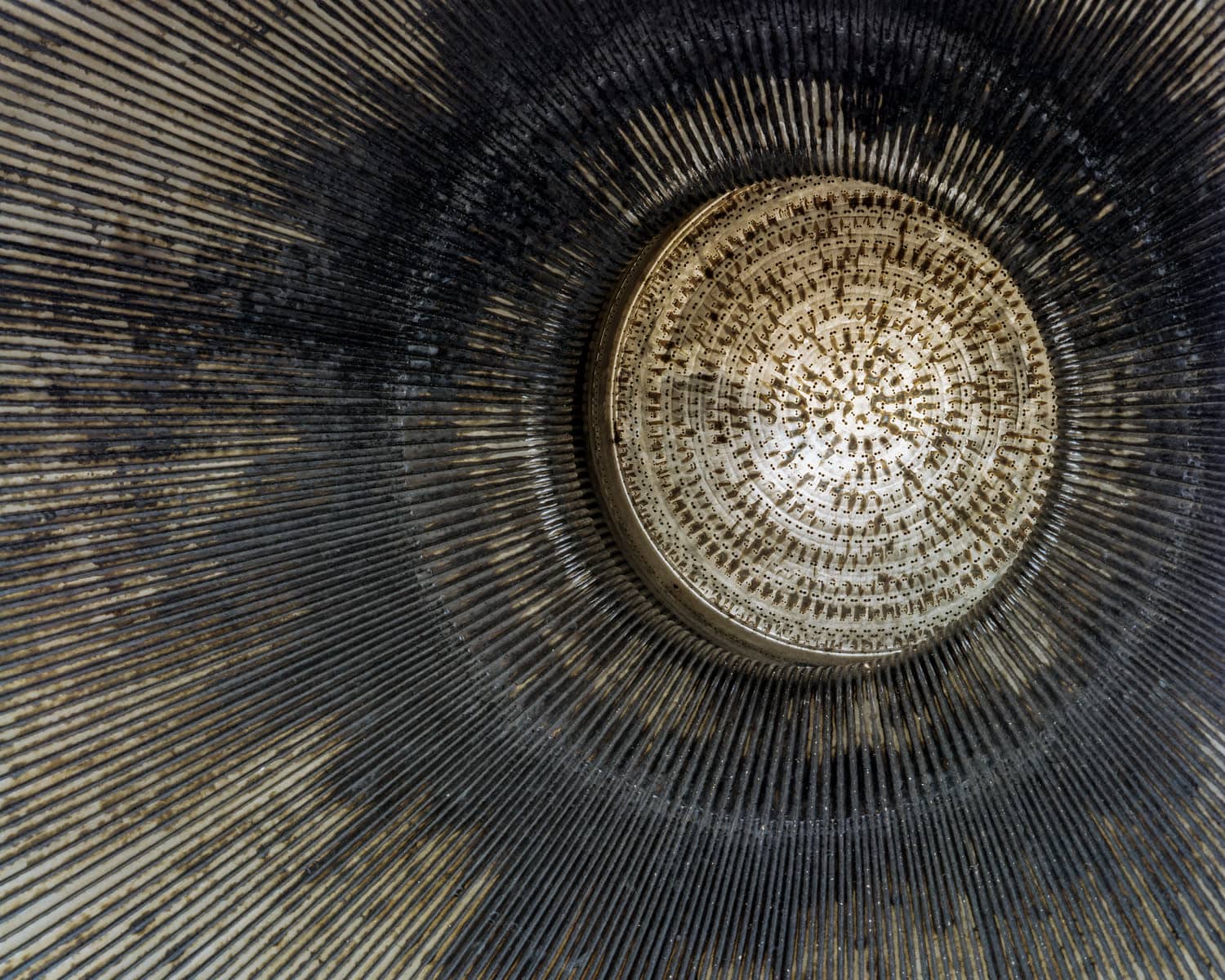
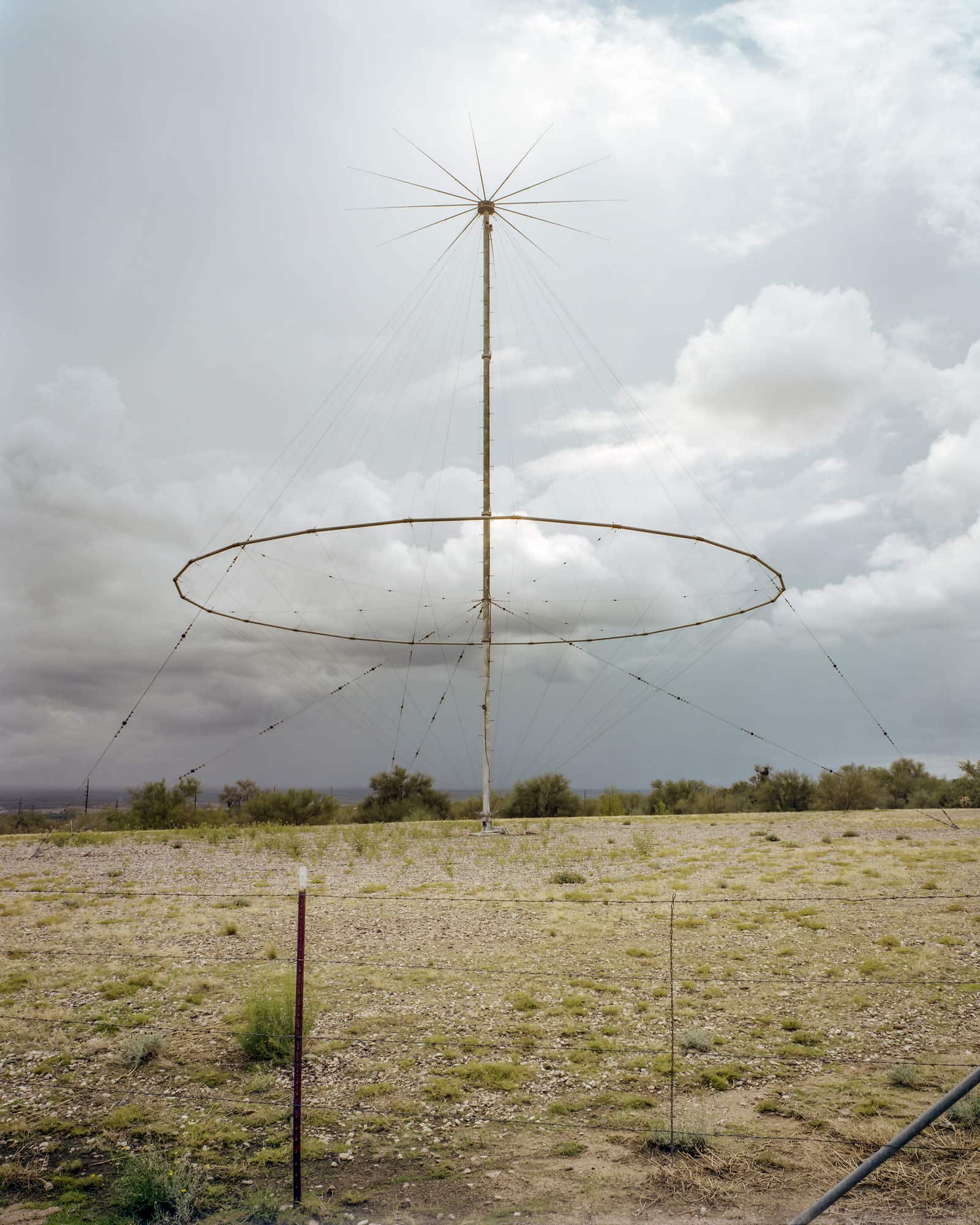
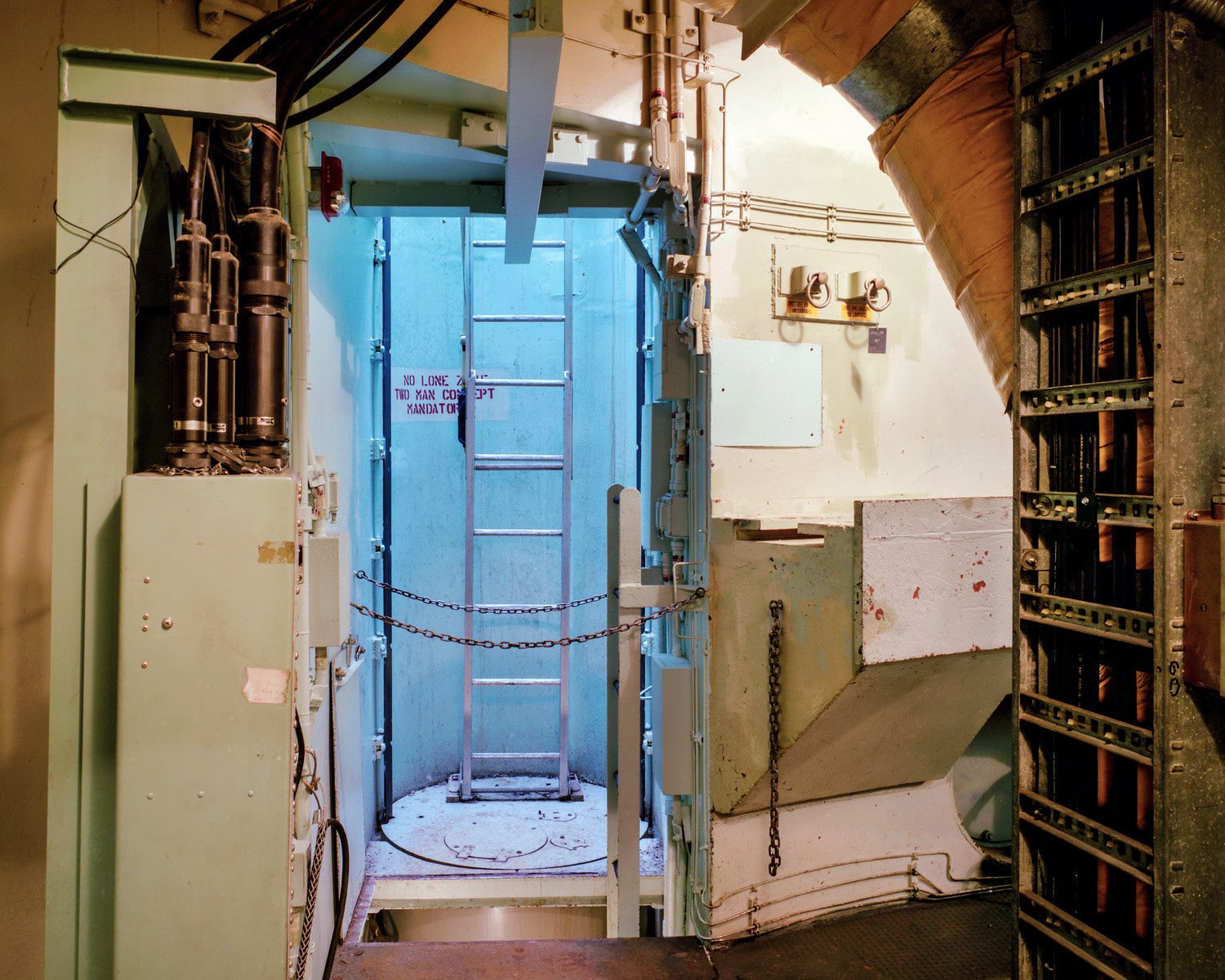
Weitere Fotoserien, die ungewöhnliche Orte erkunden:
In Tangjialing, einem chinesischen Dorf, das durch die Urbanisierung zerstört wurde
Fotografieren von Gesichtern, Religion und Erinnerung in San Salvador de Jujuy
Die Geister der verlassenen Garnfabrik in Kroatien
